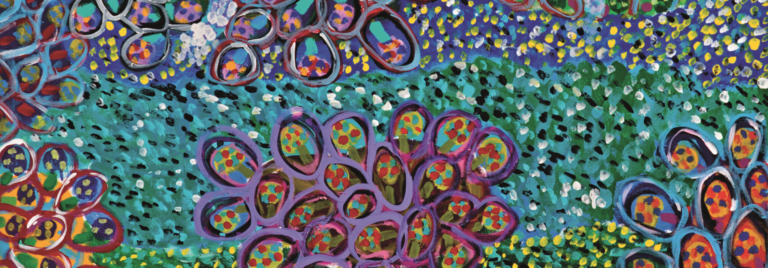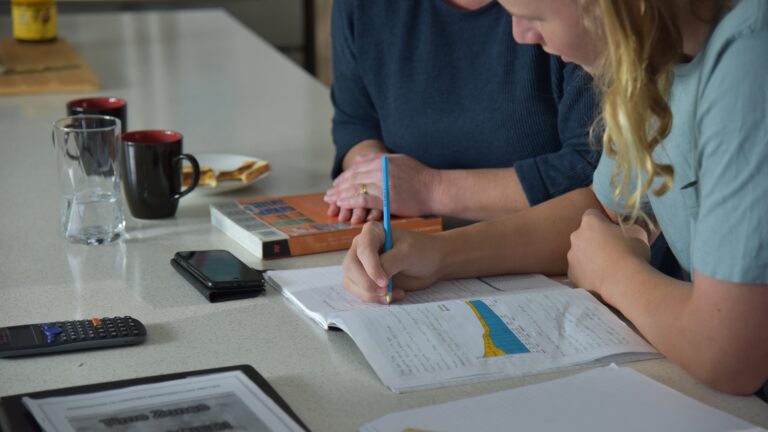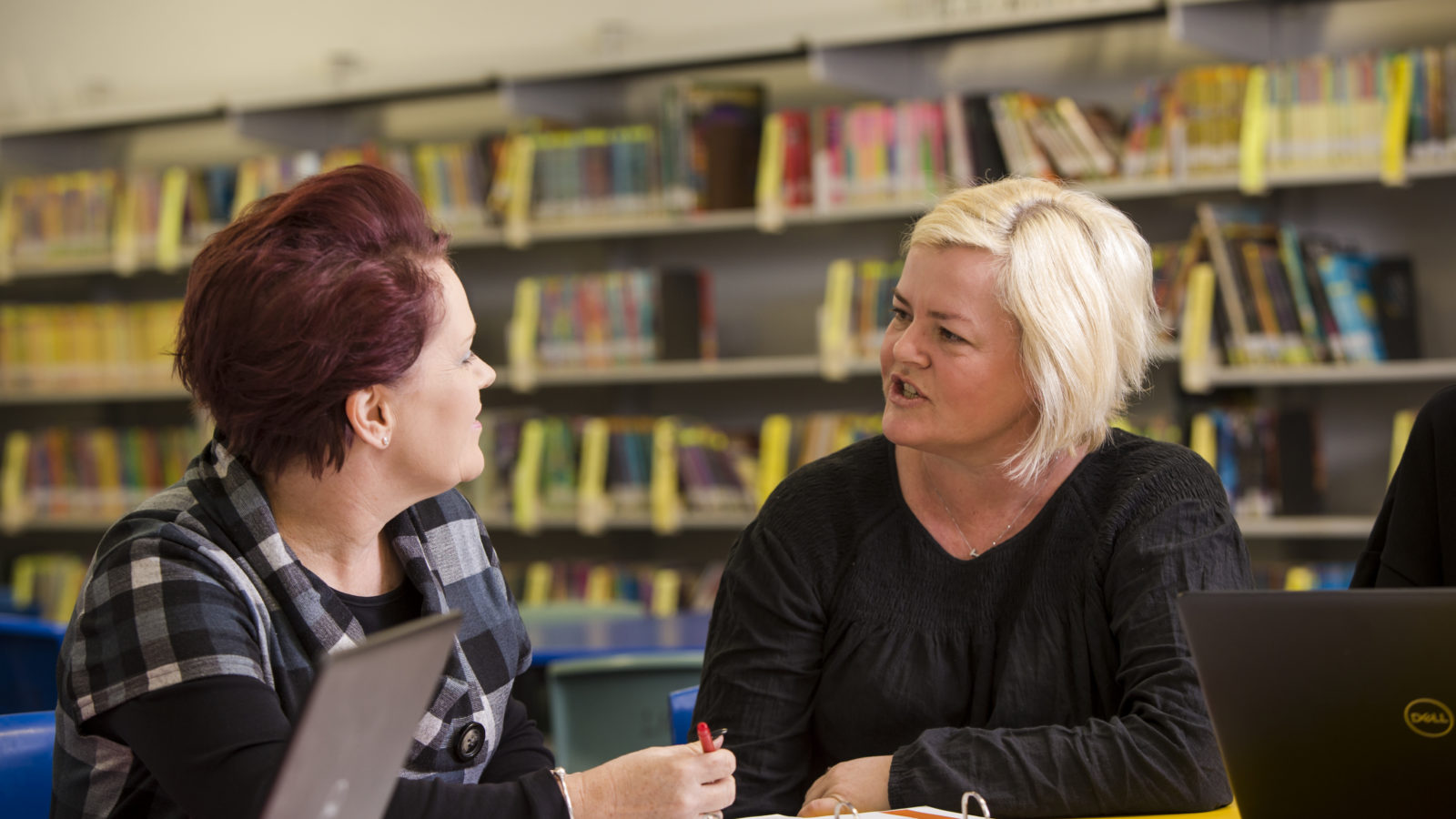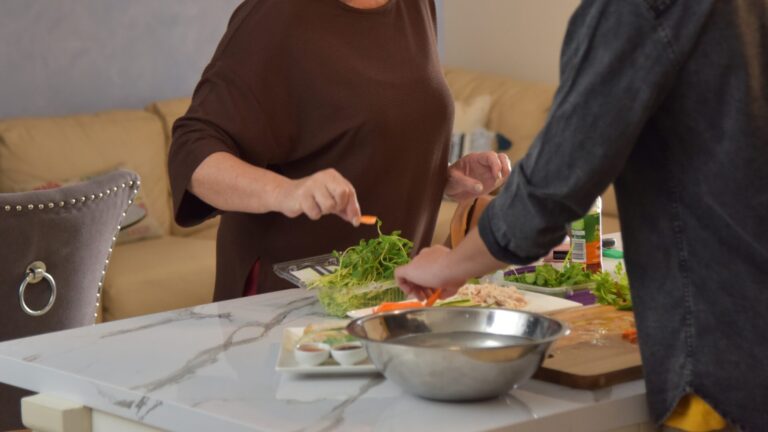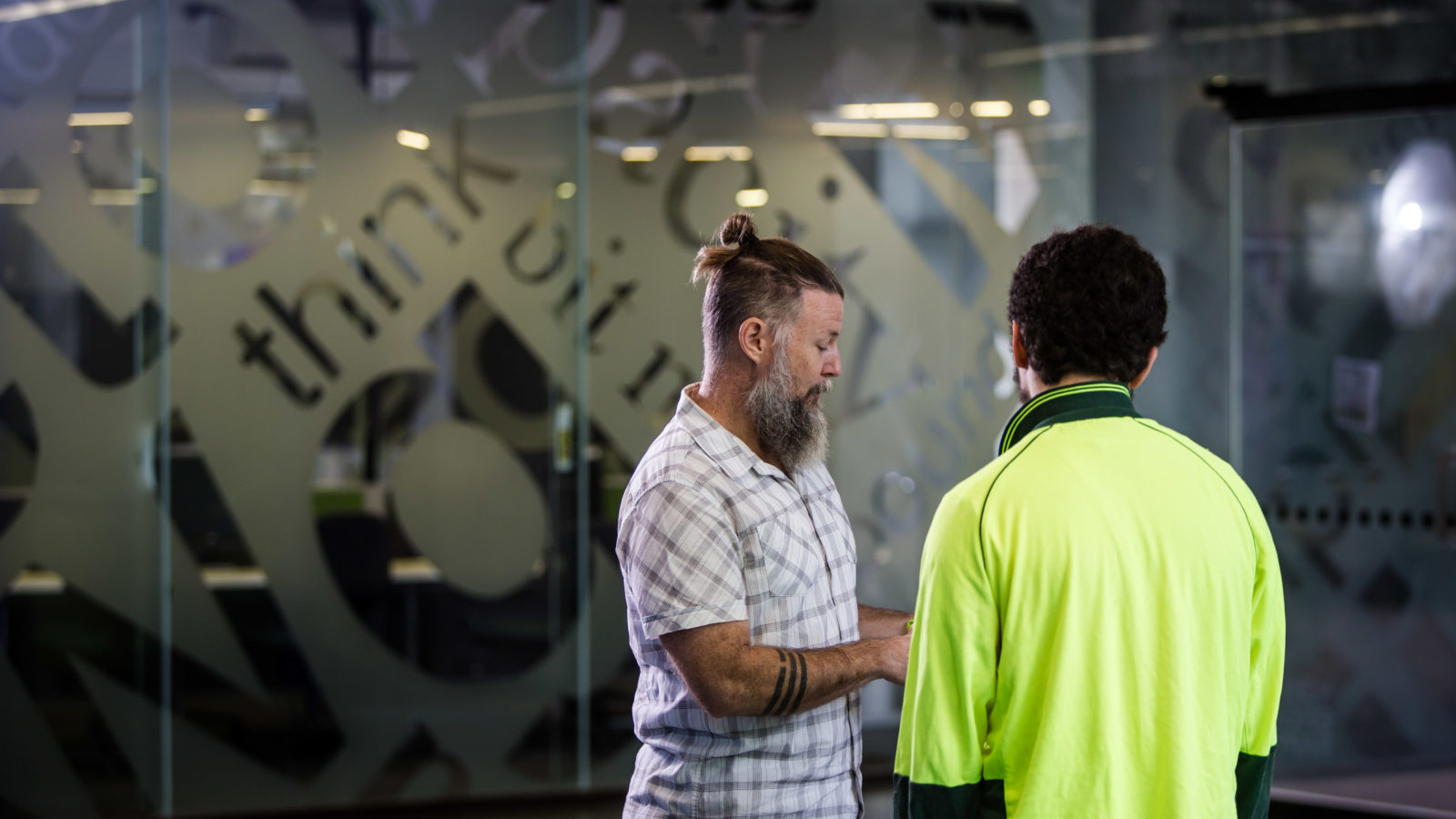Key Points
- A caring community or ‘village’ of trusted adults can give young people the support and motivation they need to stay in education.
- There are many ways you can create a village to help you support your child at school.
- During the teenage years, relationships with adults who aren’t their parents can be valuable sources of support for young people.
- Elders can bring wisdom, guidance and life experience to help young people.
- Work with the team at your child’s school so they can help support your child at school.
Have you heard the saying, ‘It takes a village to raise a child’? Helping children grow in a safe, enriching and healthy way takes a lot of work and the support of many people. Such a village can also help your child make the most of their education. Whether it’s your extended family and friends, neighbours, local community groups, sport coaches, or teachers, guidance officers, Indigenous education workers, community education counsellors or youth workers at school, consider creating your own ‘village’ to help give your child the support they need to engage and thrive at school.
Why a village?
A caring community of trusted adults can give young people the support and motivation they need to stay in education and get the most out of it. This is more than just a nice idea; it’s also supported by research. Researchers¹ undertook a study of almost 1500 teens from 23 schools which found that most adolescents continue to be influenced greatly by adults, in particular their teachers and parents, when it comes to school engagement. Research² has also found that traditional Aboriginal cultural practices that involve extended family and the wider community can have positive effects on children and communities. Connecting with a ‘village’ of trusted adults can give young people:
- a sense of belonging
- people to go to when they need help
- a network to draw on when seeking a job or work experience
- an opportunity to develop social skills.
How to build your village
There are many ways you can connect with trusted adults and build a village of support around you and your child, including:
- celebrating milestones or going on holidays with other families
- encouraging your child to get involved in organisations like sporting clubs, music or art societies, local clubs, or a young men’s or young women’s group
- volunteering together at a local charity, animal shelter, nursing home or community group
- walking or cycling to local parks and being out in your neighbourhood so you and your child have the chance to meet new people
- joining parent groups at school such as the P&C and getting involved in school working bees and other parent activities
- attending community events such as fetes and cultural festivals.
Bringing Elders into your village
During the teenage years, relationships with adults who aren’t their parents become increasingly important for young people. Elders such as a grandparent, family friend or someone you meet through volunteering at an aged care home, can be important members of your village, bringing their wisdom and life experience to support young people. According to research from Stanford University, ageing adults can play critical roles in the lives of young people, especially the most vulnerable young people in society. The presence of older people can complement family relationships or provide important support where family structures are weak. Older people can:
- offer the emotional stability that can come with age
- share the wisdom that grows as experience deepens
- help young people develop their talents and knowledge
- give advice on relationships and daily life conflicts
- provide the perspective that comes with age and a focus on what really matters
- nurture a young person’s social skills and sense of purpose.
If your child doesn’t have access to grandparents, perhaps you have an Elder among your family friends who could be a trusted adult in your child’s life. There may also be volunteering programs at your teen’s school or at your local aged care home that your teen could join to meet some older people.
Making your child’s school part of your village
Today’s schools want to work with parents and community to help every child succeed. If your child or teen is struggling at school, there are lots of ways your child’s school can help. When you work with the school, it can help the staff and teachers understand your child better so they can make the school environment more enjoyable for them. Schools have a team of people on hand to support you, including – so get in touch and ask for help. And if you’ve worked closely with your school and things are still not working out, please contact your local Department of Education regional office to seek help.
How a Regional Youth Engagement Service can help
And if your child is refusing to go to school or has missed more than a month of school, there is help. You can contact a Regional Youth Engagement Service (RYES), or a ‘RYES’ for short. A RYES is a team of people that helps kids who are struggling to stay engaged in their schooling or refusing to go to school. Each RYES has professionals who can work with you and your child, including guidance officers, youth support workers, transition support officer, Indigenous liaison officers and teachers.
Ensuring your child’s safety in the community
Creating a village of trusted adults to support you and your child can be a positive influence in your lives, however, it’s important to make sure your child is safe around people in the community. There are ways you can do this through:
- trusting your instincts when it comes to adults in your child’s life. Not all adults can be trusted so always listen to your child’s fears and worries and seek help if you have any concerns.
- knowing about your child’s world including where they are, where they play, who they play with, and how they use the Internet
- observing how adults in charge of your child’s activities interact with your child and if you have concerns, speak to the organisation in charge
- watching for signs of distress or resistance from your child that might indicate something feels wrong. Let them know they can refuse to do anything with an adult that feels wrong or frightens them.
- discussing with your child what they do when they are with other adults and whether they like these people, in the same way you ask about their friends
- meeting and talking with adults who will be in contact with your child so you can make sure you feel comfortable
- being aware of when your child might be vulnerable and avoid situations where they could be alone with an adult. Ensure they are always in a group and if this is not possible, make sure you are present to observe their interactions with the adult.
- letting your child know that if someone makes them feel nervous or uncomfortable, it’s okay to tell you. The Daniel Morcombe Child Safety Curriculum includes guides for parents to help you talk to your child about their safety.
- asking organisations your child joins to explain how they provide safe environments for children and teens
- reading an organisation’s enrolment information and website to learn more.
There is help
Remember: you are not alone and there is help available. Read these resources for parents and carers make sure you look after yourself. Your child needs you by their side as they navigate the schooling years, and even though it might not always feel like it, you’re helping more than you might realise.
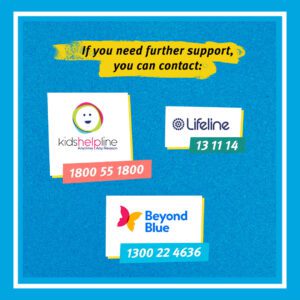
Art work © Josiah Omeenyo 2011 “Coral Beds Down Under”
References
¹ University of Michigan, Study of adolescent development in multiple contexts (2012)
² Lohoar, Shaun, Butera, Nick, Kennedy, Edita, Strengths of Australian Aboriginal cultural practices in family life and child rearing (2014)
Last Updated: 22 February 2024

